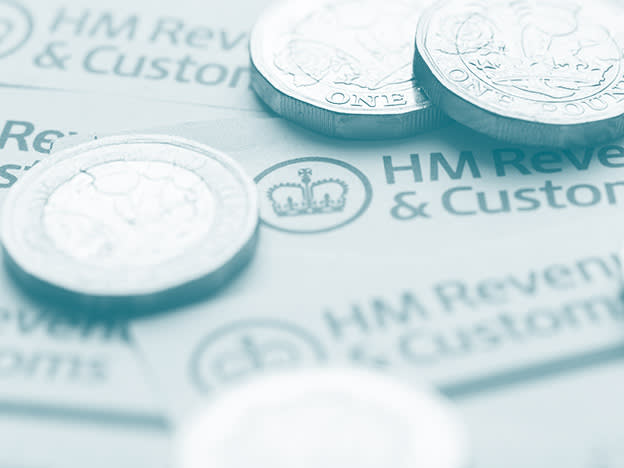As the deadline approaches for filing your self-assessment tax return, it is essential to ensure that your form is completed accurately and on time. While filling out a tax return may not be the most enjoyable task, it is crucial to avoid penalties for late submission. To make the process easier, it is important to be aware of the various options available for reducing your tax bill, learn from common mistakes made by others, and stay up to date with recent changes in tax regulations.
One key change to be aware of is the recent reduction in the capital gains tax (CGT) annual exempt amount and the dividend allowance. This means that more individuals may now need to report income that previously fell below these thresholds. For the tax year 2023-24, the CGT allowance was reduced to £6,000 from £12,300 in the previous year, and the dividend allowance decreased from £2,000 to £1,000. It is important to consider these changes when reporting your income, especially if you have investments outside of tax-free accounts like ISAs or pensions.
Additionally, individuals who sell products on digital platforms such as eBay should be aware of HMRC’s new digital platform reporting rules, which require platforms to report user income to HMRC. This means that it is crucial to accurately declare any income earned through digital platforms to avoid discrepancies.
When it comes to determining who must complete a tax return, factors such as self-employment income, high taxable income, partnership in business, and receipt of untaxed income from various sources all play a role. It is important to include all relevant details, including gains from cryptocurrency disposals and company benefits received, when completing your tax return.
To reduce your tax bill, consider including pension contributions and charitable donations in your self-assessment. Higher and additional-rate taxpayers can claim tax relief on the difference between their top tax rate and the basic rate on these contributions. Other strategies for reducing your tax bill include claiming tax relief for additional costs related to working from home, utilizing the marriage allowance, and considering salary sacrifice options offered by your employer.
Common mistakes to avoid when filing your tax return include missing deadlines, failing to report additional income, forgetting allowable expenses, and neglecting to include important deductions such as student loan repayments. It is crucial to double-check all information entered on your return and keep detailed records to avoid errors.
If you realize that you have made a mistake on your tax return, you have 12 months from the deadline to notify HMRC and make corrections. This can be done online or by submitting a paper return with the necessary amendments.
In conclusion, staying informed about changes in tax regulations, being diligent in reporting all income and deductions accurately, and taking advantage of available tax relief options can help make the process of completing your self-assessment tax return more manageable. By following these guidelines, you can ensure that your tax return is submitted correctly and on time.

